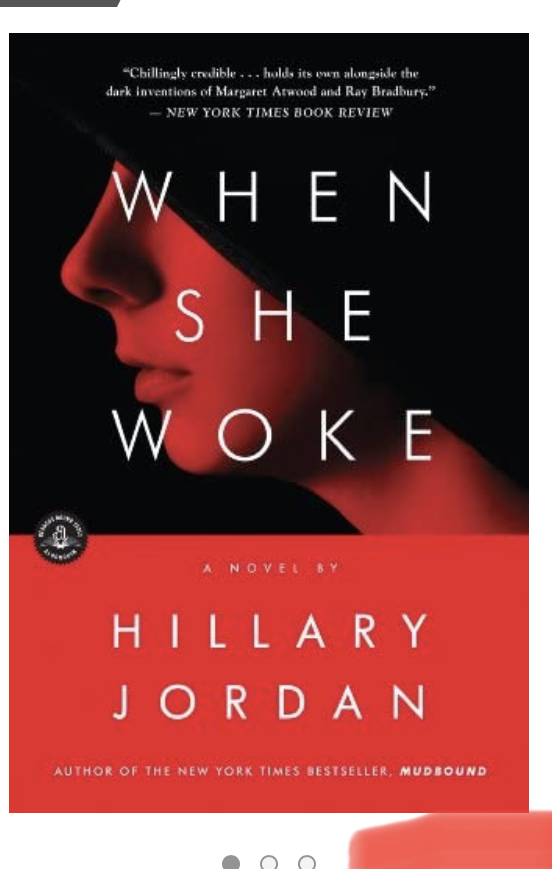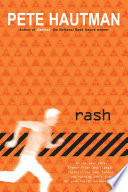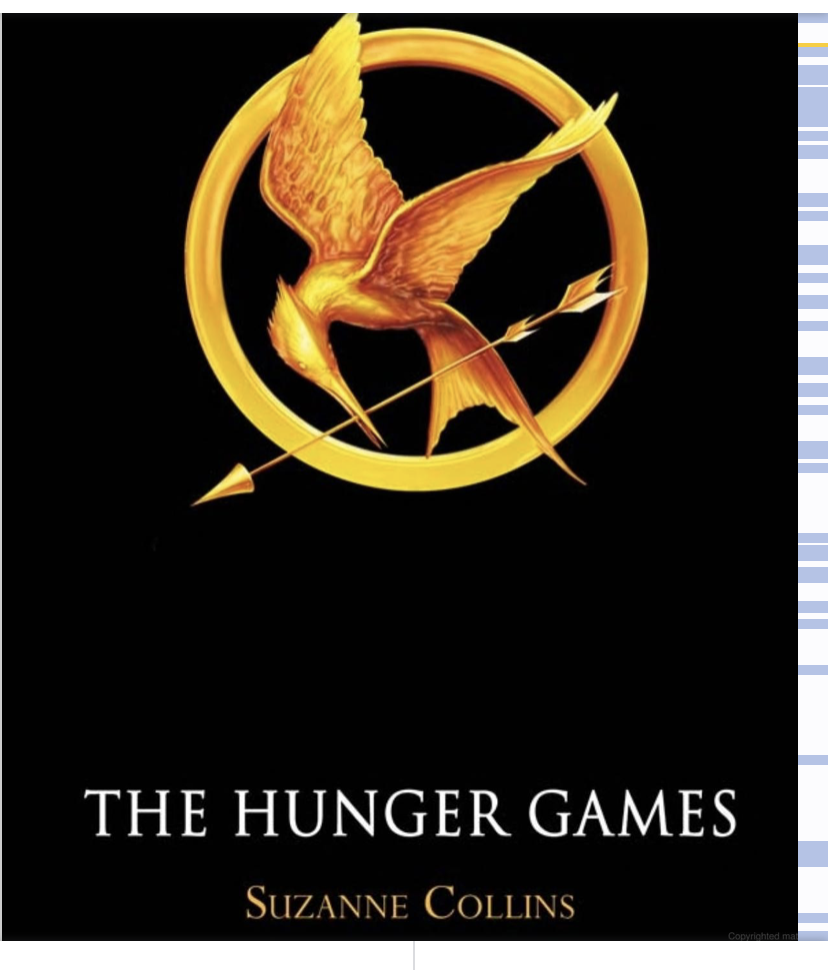 Imagine this, crime is not punished by prison, but by changing the color of the prisoner’s skin, and public shame. This is what Hannah faces in When She Woke by Hillary Jordan. Hannah had been changed to the worst color imaginable. A color representing murder. She is red.
Imagine this, crime is not punished by prison, but by changing the color of the prisoner’s skin, and public shame. This is what Hannah faces in When She Woke by Hillary Jordan. Hannah had been changed to the worst color imaginable. A color representing murder. She is red.
Hannah finds herself in a difficult situation in When She Woke. Love has driven her to change the course of her life. Maybe forever. Worst of all, she is caught. Now she has to live her life as a red.
Hillary Jordan tackles themes of love, loss, and the weight of your choices in When She Woke by using colors to represent crime and discrimination. Some of the best things about this novel are its sensory details, such as describing what skin changing feels like. It is paced very fast, and the characters all go through changes in the book as they face different problems.
The genre of this book is science fiction and is set in a futuristic United States. Hannah is from a small town in Texas, a very Christian community.
Readers will be taken on a journey of self discovery with Hannah as she grows and matures. This is a story that any teen will enjoy, If you wants a story that creeps you out, and makes you think, pick up When She Woke at the nearest library.
Maria Polizzi is a high school student, and this is her third publication. She found she enjoyed writing two years ago, and it is something she plans to continue doing as she moves forward in her education.

